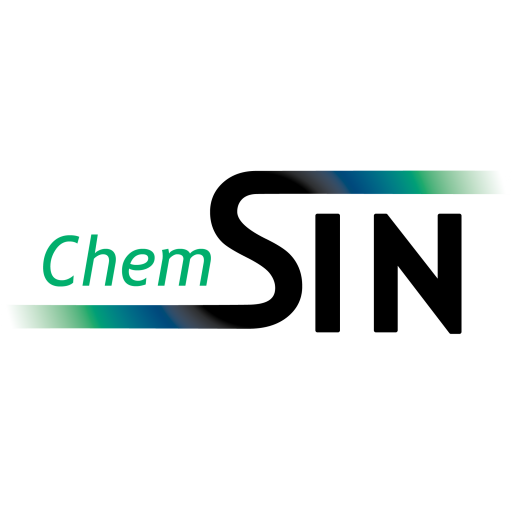Interfacial electrochemistry
Modifications of electrode surfaces at the monolayer or submonolayer level drastically alter the electrochemical reactivity of the electrode, thus confering new properties of interest in fields as diverse as biosensing, electrocatalysis, electroplating or optics….
The Interfacial Electrochemistry group of the ChemSIN laboratory is interested in the fundamental aspects of electrode surface modifications and currently focuses on two main research lines, namely “Electrified Biointerfaces” and “Electrochemistry in non-traditional media”. It aims at understanding how surface modifications impact the electrochemical properties of the modified electrodes and how electrochemistry can be employed to modify electrode surfaces in a controlled manner.
Electrified Biointerfaces
Electrochemical affinity biosensors rely on the binding of a given target to a specific probe biomolecule immobilised on the electrode surface. The recognition event is associated with a variation of an appropritate electrochemical signal.
In spite of their apparent simplicity, these electrochemical biosensors suffer from very poor reliability (reproducibility, stability, analytical performance).
The group investigates some key aspects impacting directly the robustness of electrochemical biosensors, namely the interfacial architecture and the electrochemical transduction, with model systems comprising DNA or peptide affinity probes.
Electrochemistry in non-traditional media
Electrochemical processes are traditionnaly conducted in a solvent (aqueous or organic) containing a dissolved electrolyte providing ionic conductivity. Ionic liquids and Deep Eutectic Solvents have emerged as new promising media for electrochemistry. These media being essentially liquid salts, they behave both as solvents and as electrolytes, raising fundamental questions of interest regarding the electrified interfaces. Since an enormous amount of such liquids can be prepared, physico-chemical properties (viscosity, conductivity, polarity, acidity, complexation,…) specific for a given application can be envisioned. Interestingly, many of these solvents can be considered as environment-friendly.
The group explores the potentialities of ionic liquids and deep eutectic solvents for electrochemical processes of interest, such as metal recovery, carbon dioxide reduction, biomass conversion or semi-conductor electrodeposition.
Research thematics
- Coupling between Electrochemistry and Fluorescence Microscopy (EC-Fluo)
- Electrochemistry in Deep Eutectic Solvents
- Metals
- Semiconductors
- Electrochemical conversion in Ionic Liquids
- Furfural,
- CO2
- Electrochemical Biosensors
- DNA,
- peptides
